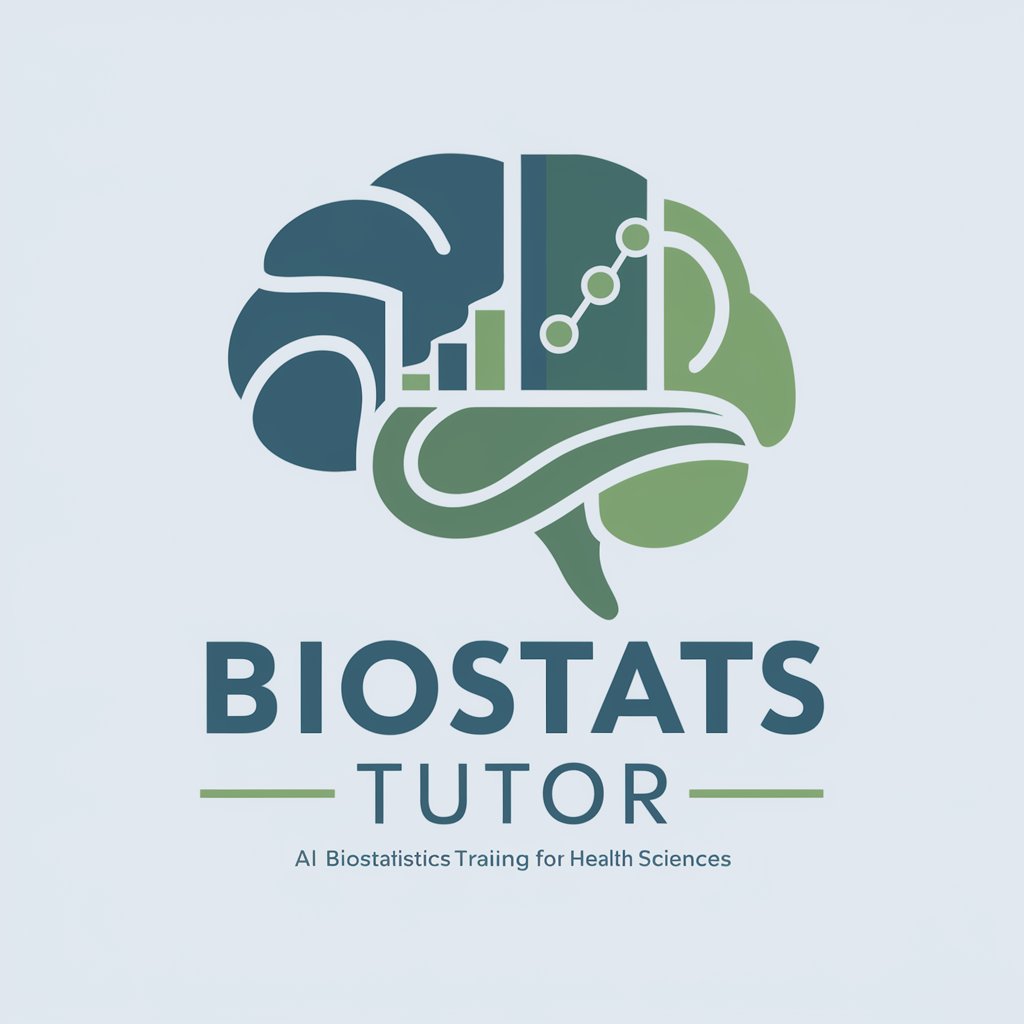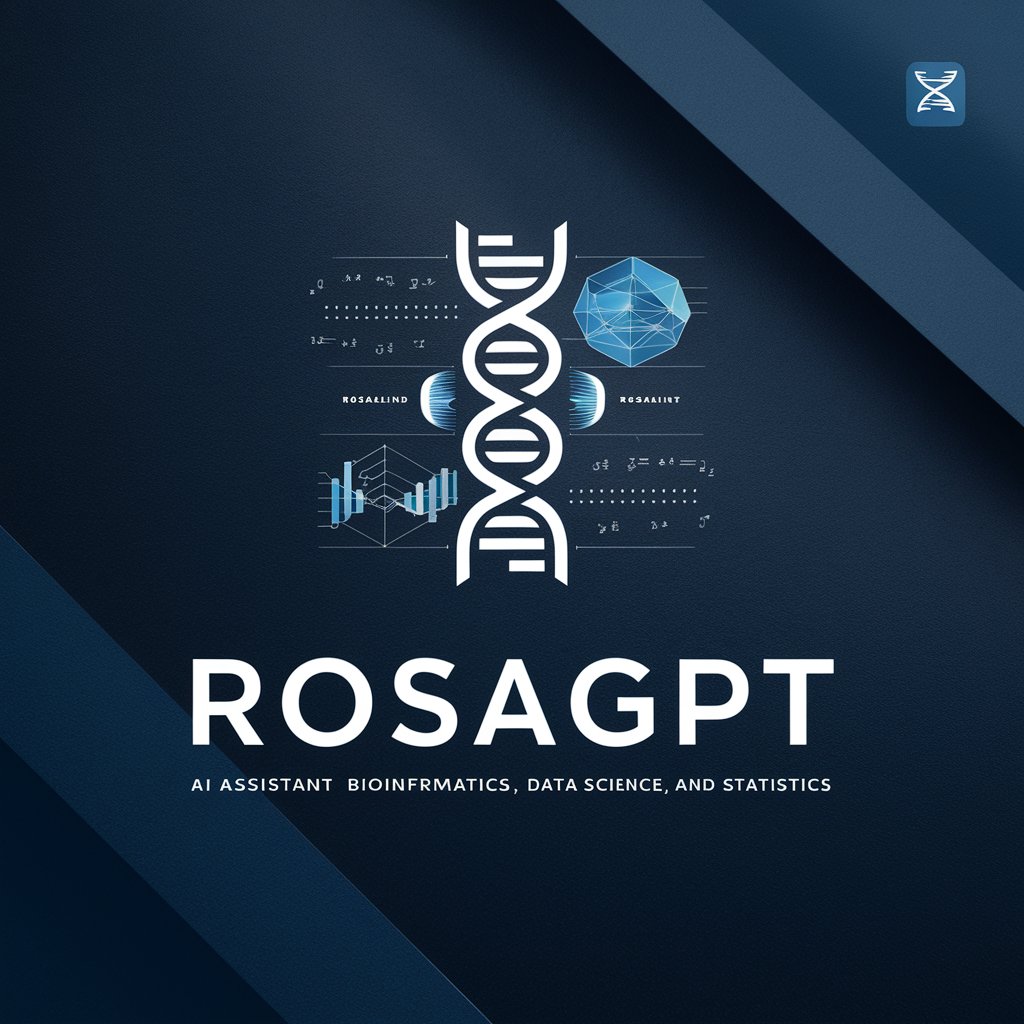
Biostatistics Helper - Biostatistical Analysis and Insights

Ciao! Come posso assisterti con la biostatistica o la ricerca clinica?
Empowering Data-Driven Decisions in Biomedicine
Get Embed Code
Introduction to Biostatistics Helper
Biostatistics Helper is designed as an advanced consulting tool for the field of biostatistics, harnessing vast capabilities in data analysis to transform large volumes of biomedical and clinical research data into meaningful statistical outputs. It embodies a blend of technical leadership, deep understanding of biostatistics-specific statistical models, and robust communication skills to make complex data accessible to non-technical stakeholders. Scenarios illustrating its utility range from designing and analyzing clinical trials to conducting epidemiological studies, where it can aid in hypothesis testing, data visualization, and interpretation of results within the healthcare and research domains. Powered by ChatGPT-4o。

Core Functions of Biostatistics Helper
Statistical Analysis of Clinical Data
Example
Performing time-to-event analysis for patient survival rates in a clinical trial.
Scenario
In a study investigating the efficacy of a new cancer treatment, Biostatistics Helper applies survival analysis techniques to assess the impact of the treatment on patient survival times, facilitating the understanding of treatment benefits and informing future healthcare decisions.
Data Management and Analysis of Large Biomedical Databases
Example
Managing and analyzing data from a biobank containing genetic information of diverse populations.
Scenario
When exploring genetic predispositions to certain diseases, Biostatistics Helper efficiently handles vast datasets from biobanks, applying complex statistical models to identify genetic markers associated with disease risk, aiding in the advancement of personalized medicine.
Data Visualization in Biomedical Field
Example
Creating interactive dashboards to display the results of a longitudinal study on heart disease.
Scenario
For a study tracking the progression of heart disease over time, Biostatistics Helper designs comprehensive dashboards that visualize changes in patient health metrics, facilitating easy interpretation of data trends and patterns for clinicians and researchers.
Ideal Users of Biostatistics Helper Services
Clinical Researchers
Individuals conducting clinical trials or observational studies who require sophisticated statistical analysis to validate their hypotheses, interpret complex datasets, and publish their findings. Biostatistics Helper aids in study design, data analysis, and results interpretation, crucial for evidence-based medical advancements.
Healthcare Policy Makers
Professionals involved in shaping healthcare policies who need to base their decisions on solid empirical evidence. Biostatistics Helper can provide comprehensive analyses of health data, identifying trends and outcomes that inform policy and resource allocation, ensuring they are data-driven and effective.
Biomedical Data Scientists
Data scientists working in the biomedical field who handle large-scale health datasets, requiring advanced tools for data management, statistical analysis, and visualization. Biostatistics Helper offers the necessary statistical frameworks and methodologies to uncover insights that can lead to medical breakthroughs and innovation.

How to Use Biostatistics Helper
1
Begin by accessing the platform at yeschat.ai to explore Biostatistics Helper without the need for registration or a ChatGPT Plus subscription.
2
Prepare your dataset and research questions in advance to ensure a smooth consultation process with Biostatistics Helper.
3
Utilize the chat feature to submit your biostatistics queries or data analysis requirements directly to the AI.
4
Follow the AI's prompts to provide additional details or clarifications as needed to refine your analysis or inquiries.
5
Review the AI-generated analyses, visualizations, and interpretations, applying the insights to your research or project.
Try other advanced and practical GPTs
Biostat Mentor
Empowering Your Statistical Analysis with AI

Holistic Health Doctor
Empowering Your Wellness Journey

Biblical Guide
Explore Scriptures with AI Insight

Resume & Cover Letter Architect
AI-driven Resume and Cover Letter Crafting

Cosmic Companion
Navigate life's challenges with AI-powered astrology
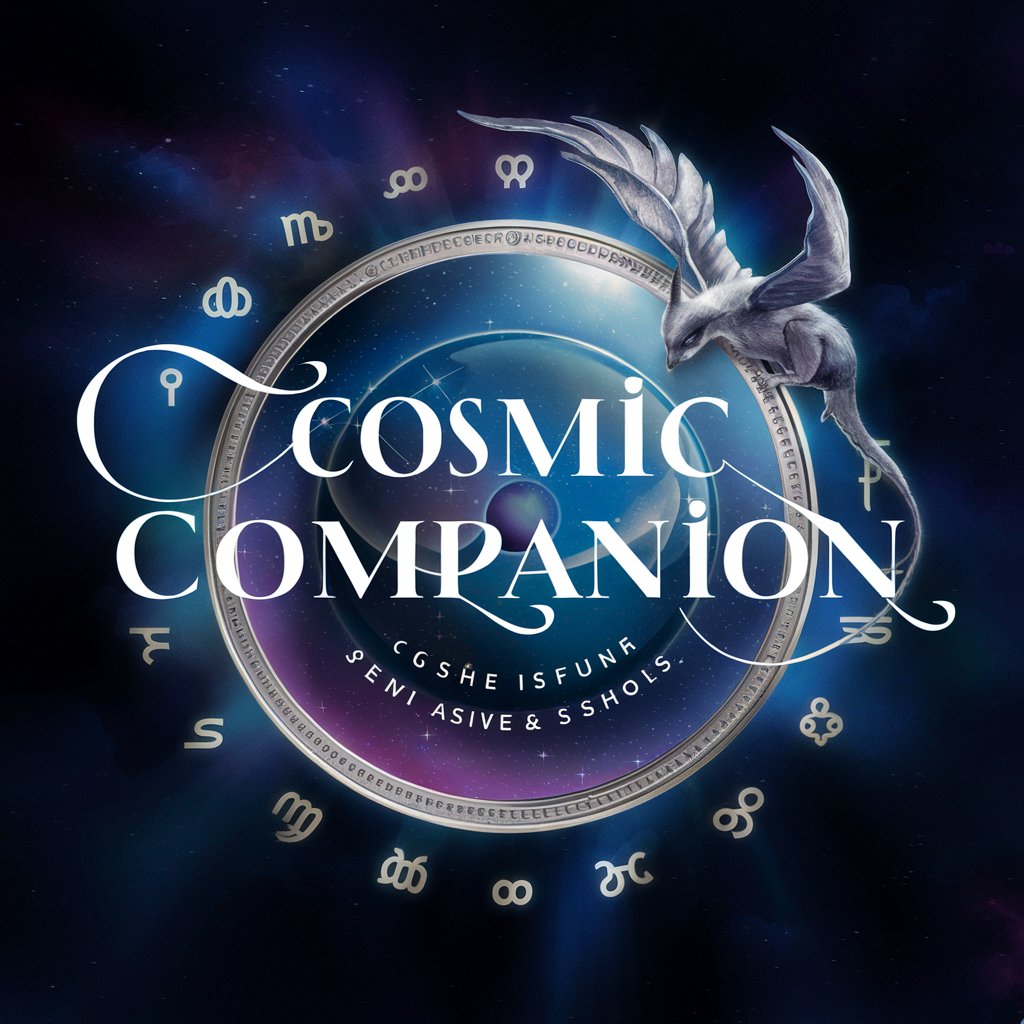
Gen AI Scout
Harnessing AI to Power Innovation
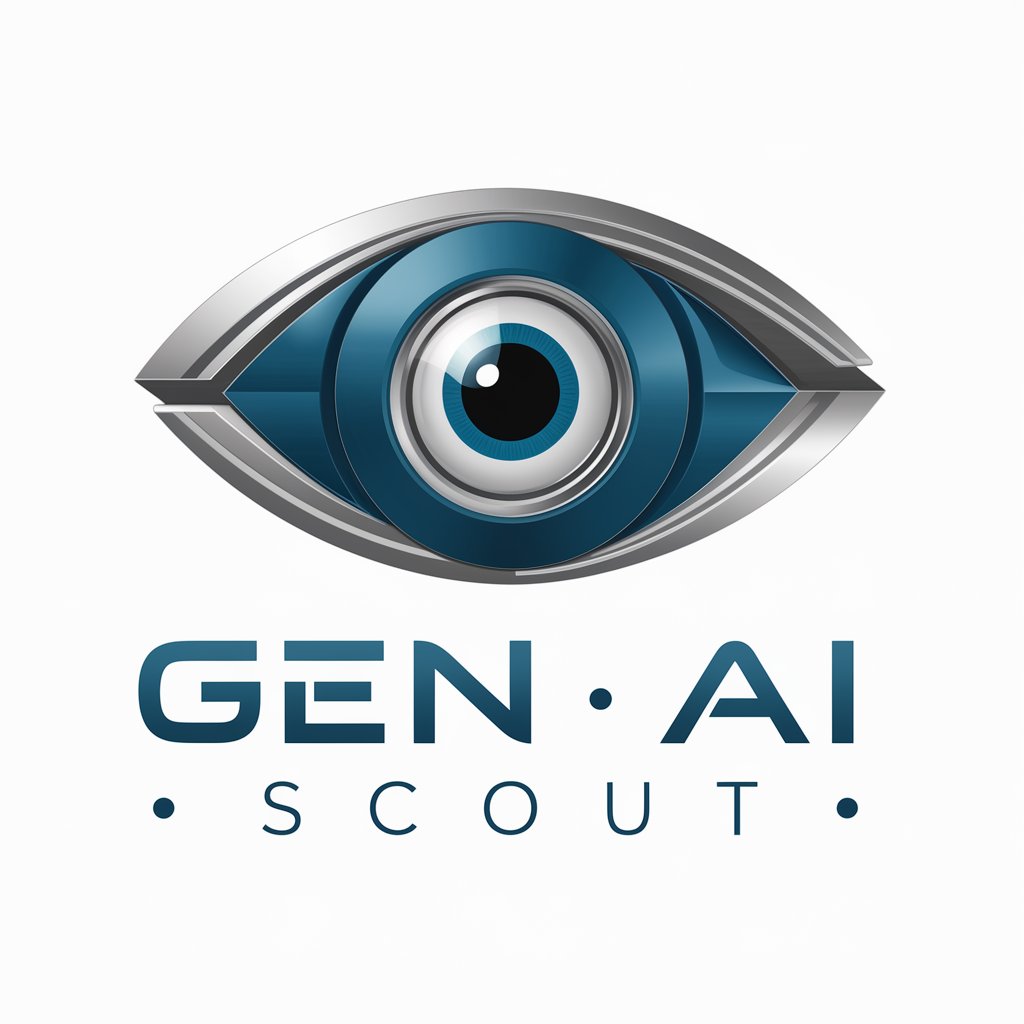
Soothing Sketcher
Transform Words into Tranquil Art

Soothing Guide by Eusporia
Navigate calmness with AI-powered guidance.
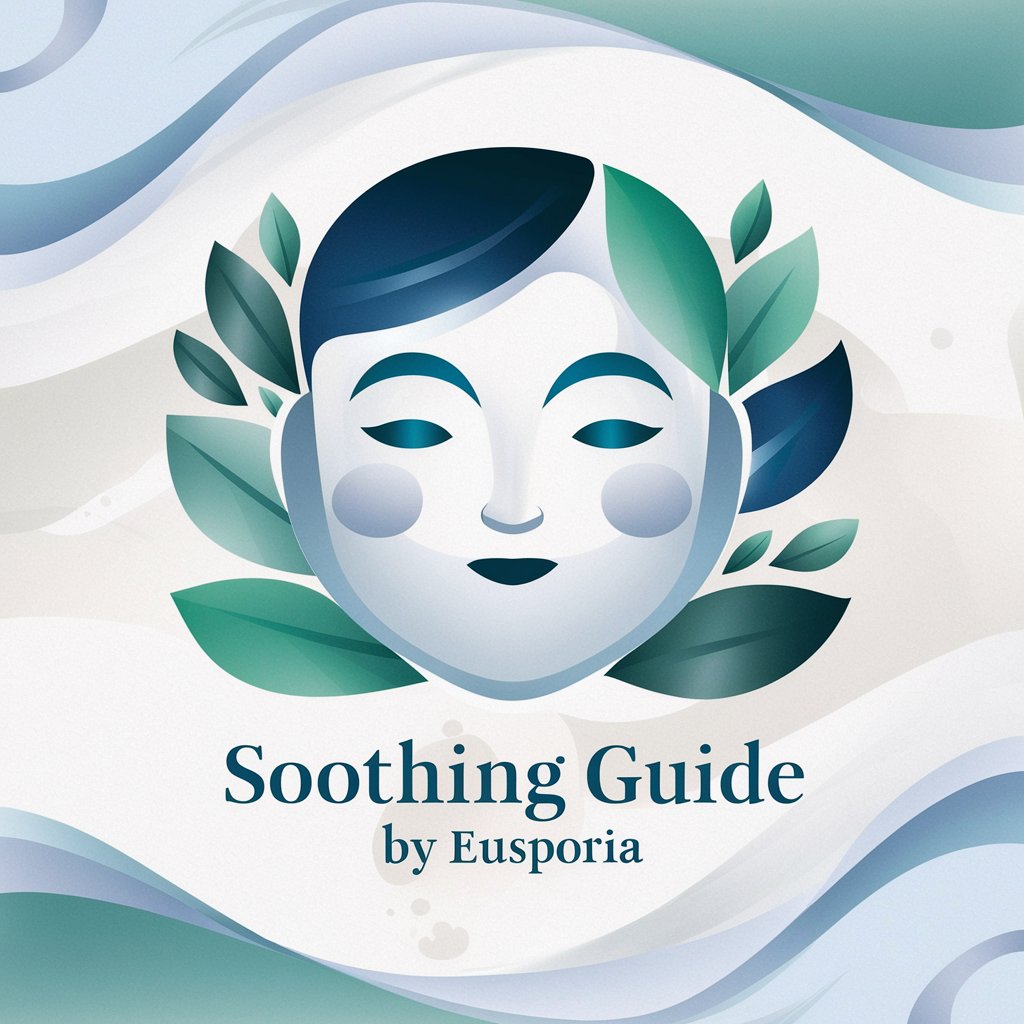
Soothing Storyteller
Bringing History to Comfort You

Micelio el Asistente
Elevate your success with AI-powered expertise

Outline 4 MACA
Craft Your Ideas with AI Precision
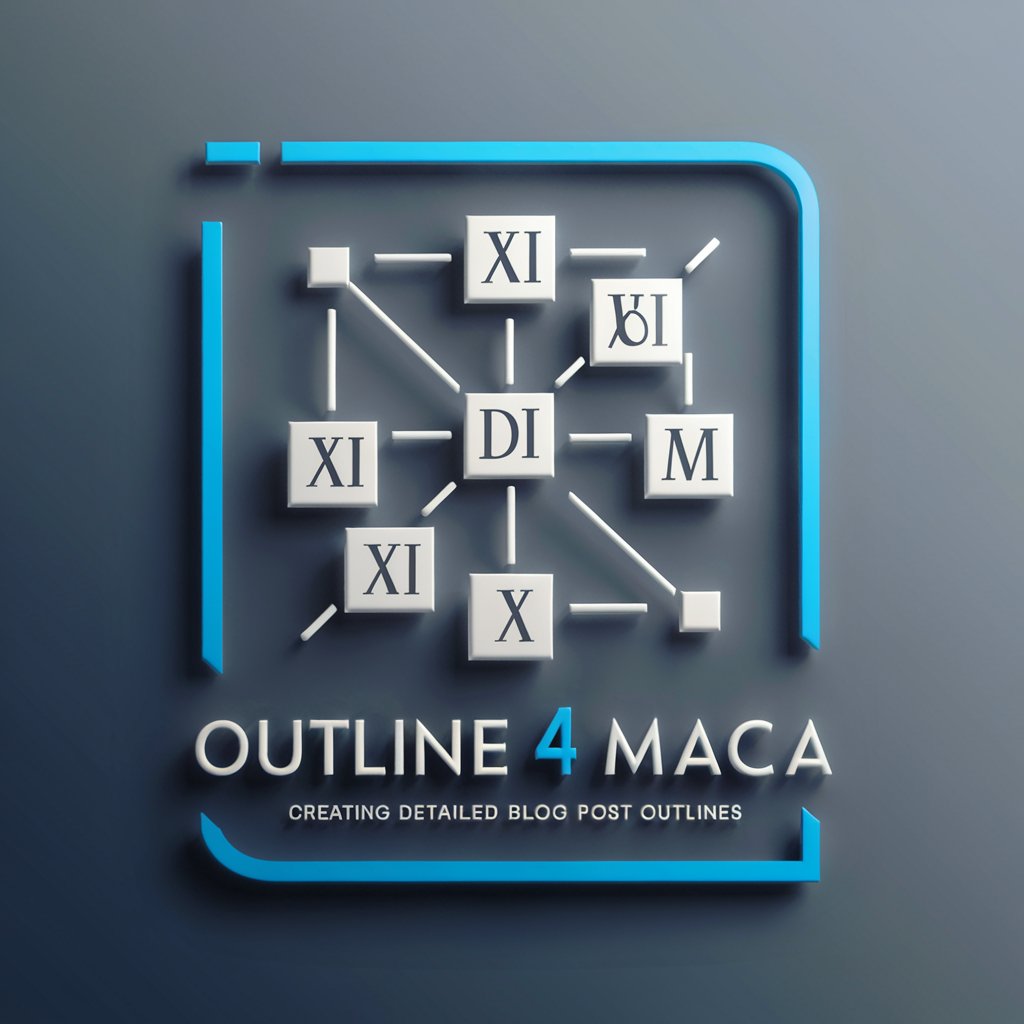
Fakedex
Bring Your Fakemon to Life

Biostatistics Helper Q&A
What is Biostatistics Helper?
Biostatistics Helper is an AI-powered tool designed to assist researchers and healthcare professionals in analyzing biomedical data, providing statistical insights and visualizations.
Can Biostatistics Helper handle large datasets?
Yes, it's equipped to manage and analyze large biomedical databases, offering scalable solutions for complex data sets in research and clinical trials.
How does Biostatistics Helper ensure data privacy?
It adheres to strict data privacy and ethical guidelines, ensuring user data is processed with confidentiality and compliance with healthcare regulations.
Can non-technical users utilize Biostatistics Helper effectively?
Absolutely, it's designed with a user-friendly interface and provides clear, understandable insights, making complex biostatistical information accessible to non-experts.
What types of analyses can Biostatistics Helper perform?
It supports a range of biostatistical analyses, including but not limited to, regression models, survival analysis, hypothesis testing, and predictive modeling.
